What do we know about rare trees in Samarkand?
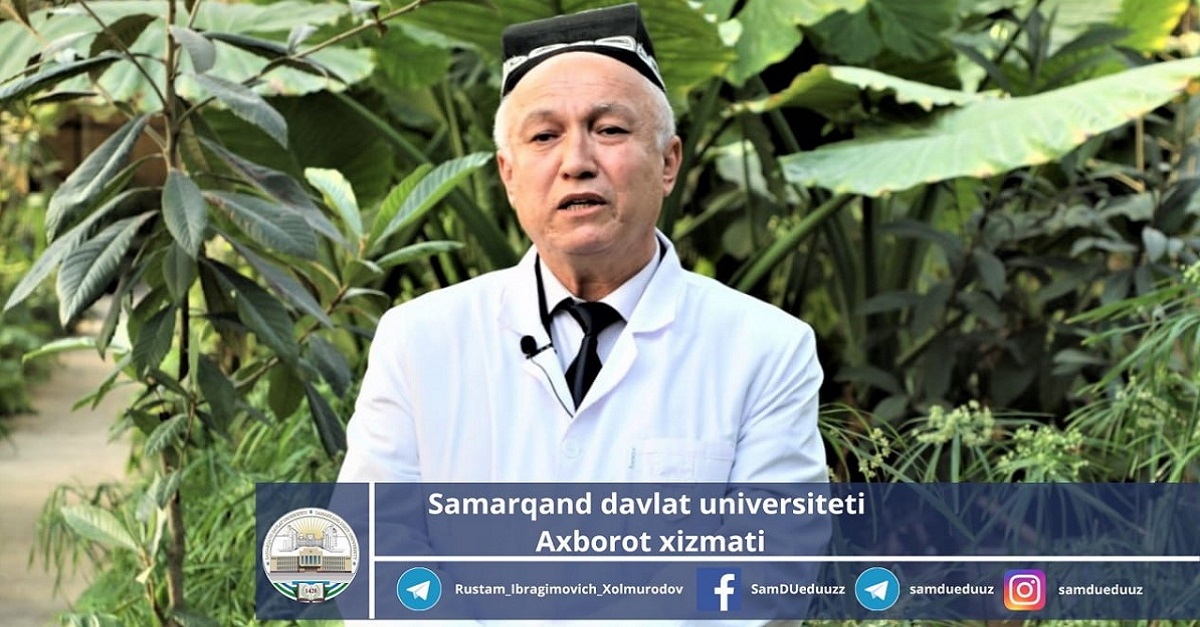
The "Baburnamе" says that in the gardens and alleys of the world-famous Amir Timur, along with maples, elms, willows and poplars, trees such as imported oaks, cypresses, boxwoods are planted. Some of them have survived to this day. It is not surprising that in Samarkand all of them testify to the ancient past…

Landscaping and landscaping of Samarkand on the basis of a special plan dates back to the last quarter of the 19th century. The horticultural scientist N. Korolkov studied the experience of European cities and recommended planting about 100 species of decorative, shady and long-lived rare trees and shrubs suitable for the conditions of Samarkand. This work was done at the end of the 19th century. In the same year, the current University Boulevard, the Central Park of Culture and Leisure named after. Alisher Navoi, the forestry "Amankutan" was founded.
A new part of the city of Samarkand has been built, rare trees have been planted and landscaped. About 30 species of trees planted during that period have survived to this day, the rest have disappeared in different years. The surviving trees are rare trees aged 140-150 years and are natural botanical monuments.
Like the incomparable historical monuments of our city, they are natural masterpieces that attract foreign tourists.
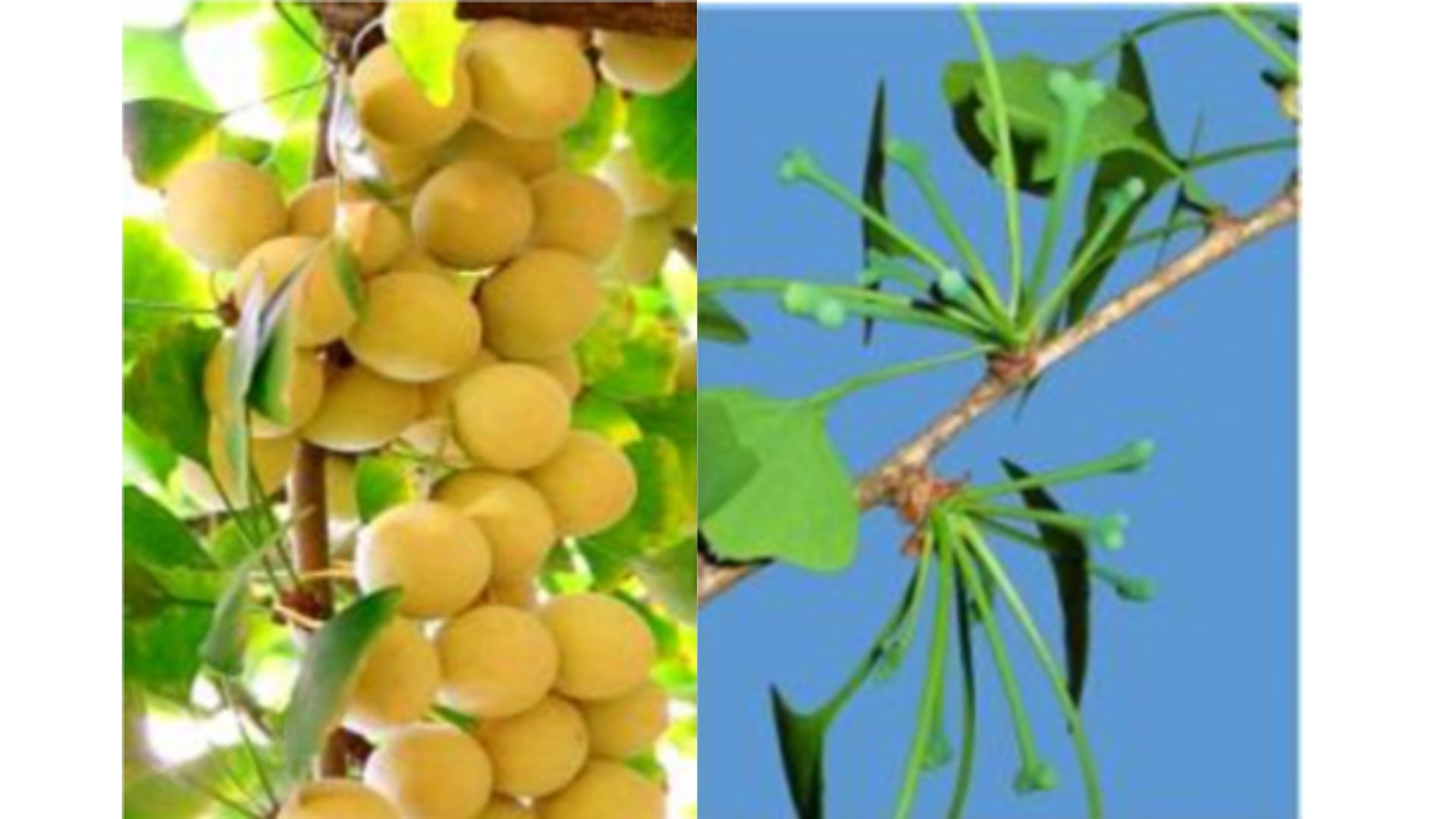
The bilobed ginkgo tree, distinguished by its longevity, can live up to a thousand years. Two 150-year-old bushes grow in the city of Samarkand. One of them is located in the courtyard of the biological faculty of Samarkand State University, and the other is in the courtyard of the khokimiyat building. Ginkgo biloba is used as a fruit tree, and its leaves have medicinal properties. Withstands frosts from minus 20° to 25°С.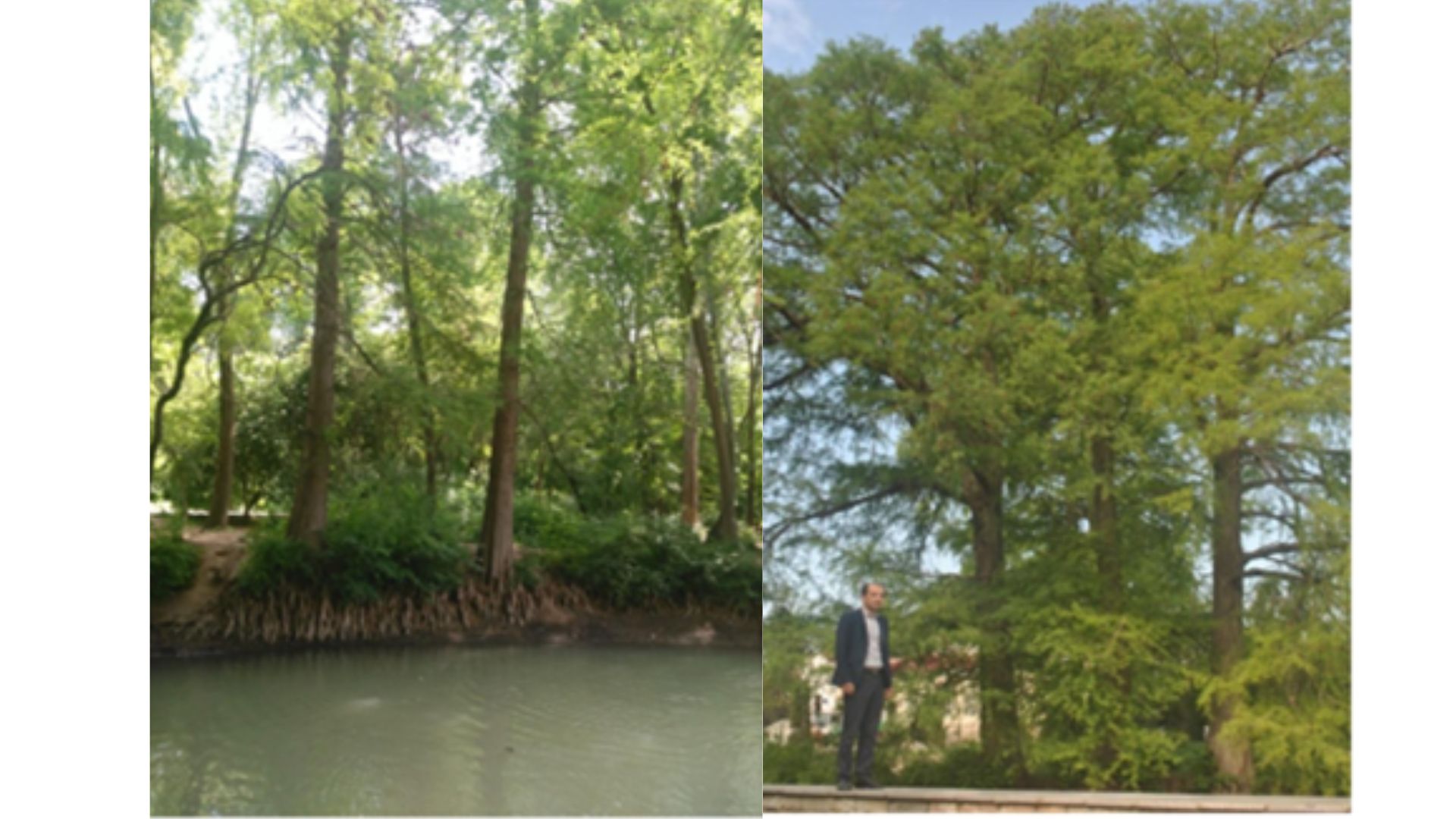
Swamp cypress is a relict tree 40 meters high and with a body circumference of up to 3 meters. Grows in swamps, along rivers, lakes, forms aerial roots above the ground. Planted in 1874. Currently, 5 bushes are growing in the area of the lake of the Central City Park of Culture and Recreation. Frost-resistant, practically does not collapse even at -25 °C. A 34-year-old bush grows in the yard of the Faculty of Biology of Samarkand State University. Finally, it is fertile, forming domes every year. It can be propagated from seeds.
Juniper virginiana - another name for the pencil tree is distinguished by its evergreen color. Planted in 1873. Now dozens of centuries-old shrubs have been preserved in the old courtyards of the city, around the Mozhiza amphitheater in the Central Park of the city, near the hospital building near the railway station, in the courtyard of the khokimiyat, on University Boulevard.
Giant sequoiadendron (mammoth tree) - 130-135 m tall, 16-20 m in girth, large, evergreen relict tree. Lives up to 4000 years. The only century-old tree, planted in 1872, grows in the yard of the Faculty of Biology of Samarkand State University, has a height of 7-8 m and does not produce seeds.
The Lebanese cedar is a tree up to 40 meters high, with a trunk circumference of up to 10-11 meters, living up to 3000 years. Wood is a very hard and valuable building material. Planted in 1874, the only age-old tree in the city of Samarkand grows in the courtyard of the main building of Samarkand State University. Gives a crop every year, the seeds germinate well. Currently, employees of Samarkand State University are growing 25-27-year-old, 9-10-meter bushes in the yard of the Faculty of Biology.
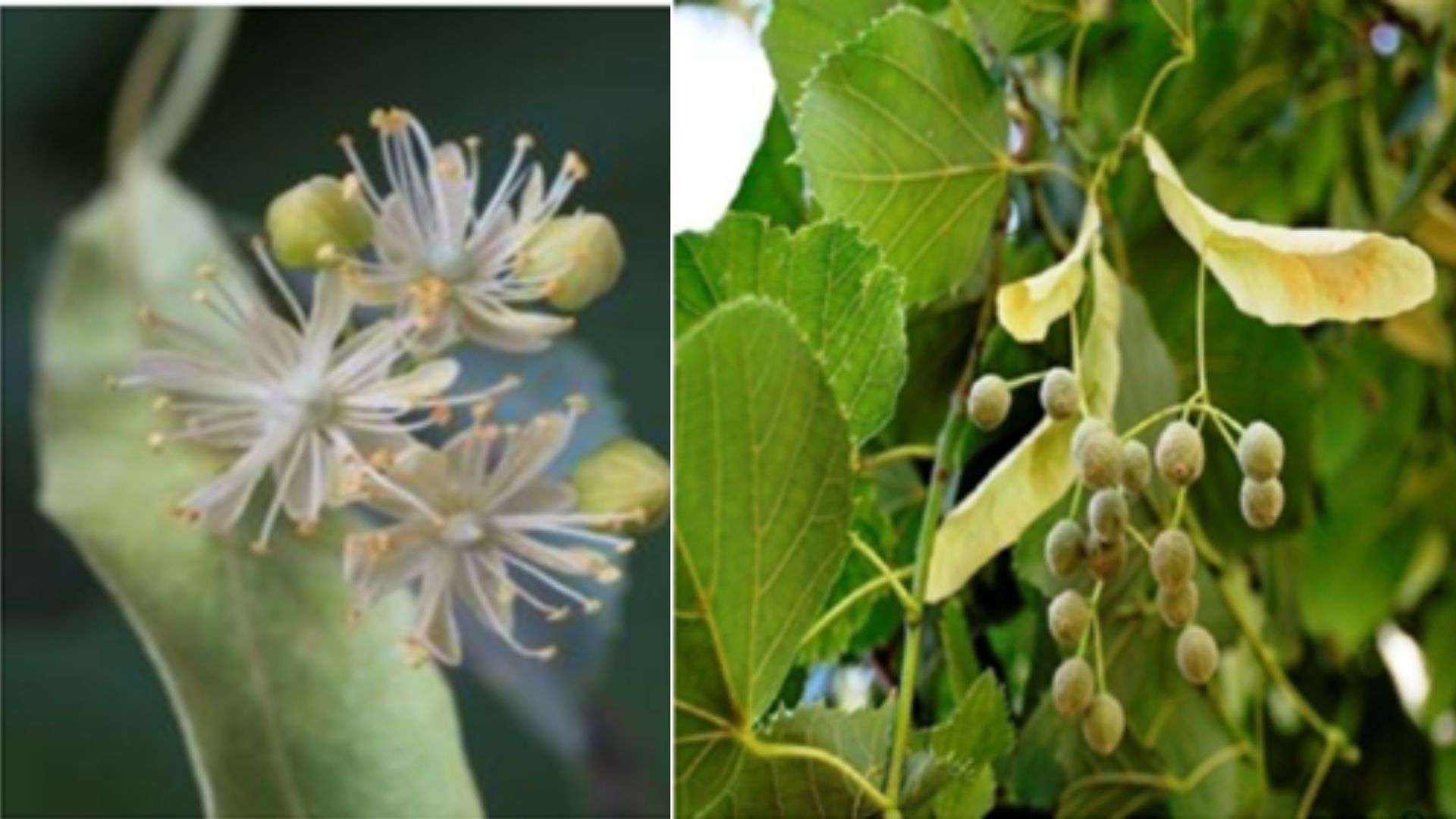
The core yucca is an ornamental tree. It was brought to our city in 1875-1878. Several centuries-old bushes grow on the streets of Amir Temur, Mahmud Koshgari, in the courtyard of the main building of Samarkand State University, in the city park. Gives a good harvest every year. Propagated from seeds.
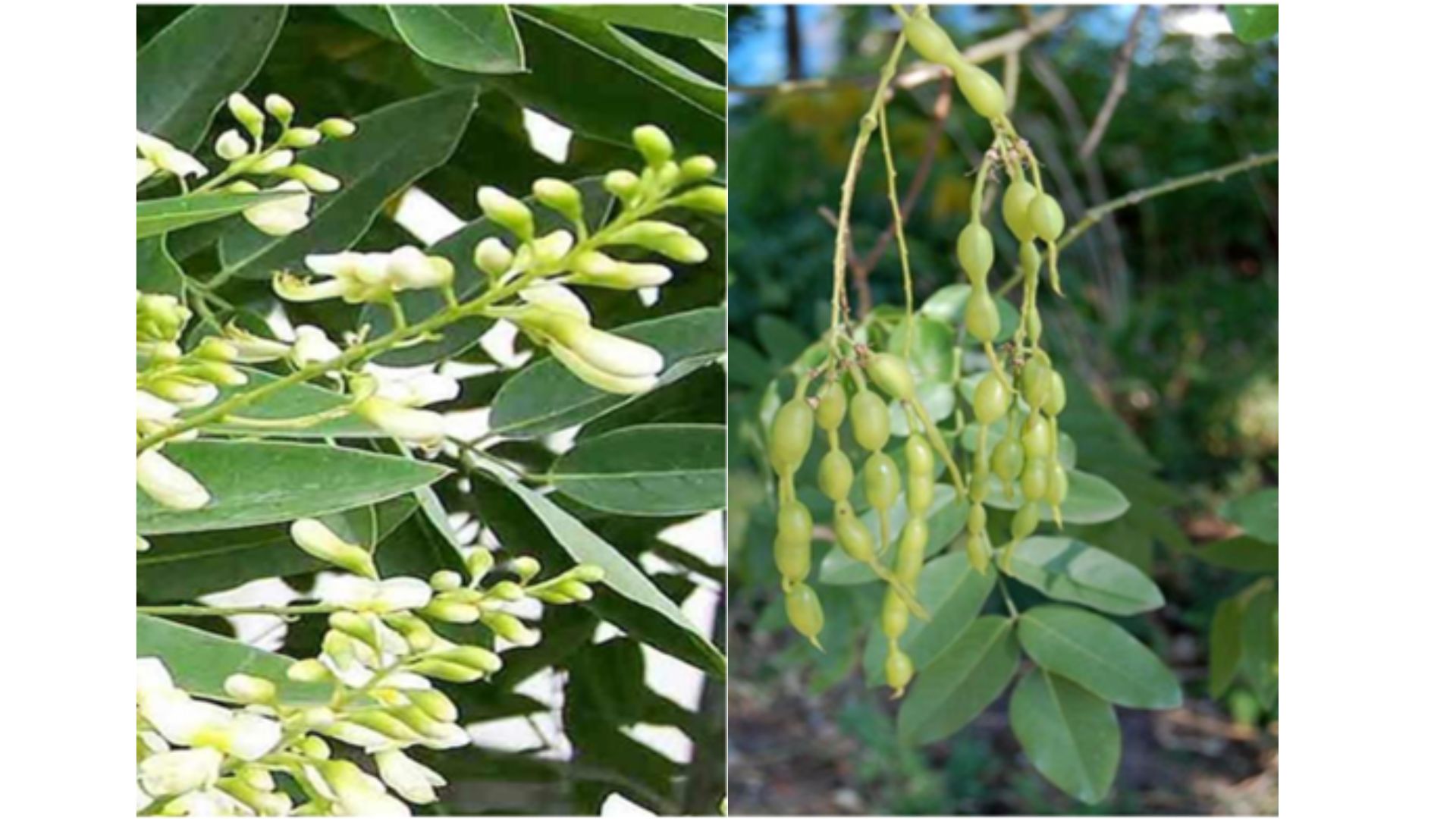
Japanese Sophora (ovoid) is a beautiful, shady tree with rounded branches up to 12 meters high and up to 1 meter thick. In the courtyard of the city local history museum on Abdurakhman Jami Street, in the courtyard of the biological faculty of Samarkand State University, large centuries-old trees planted in 1875-1880 grow. Many plants were planted last year for landscaping. Seed yield is very high.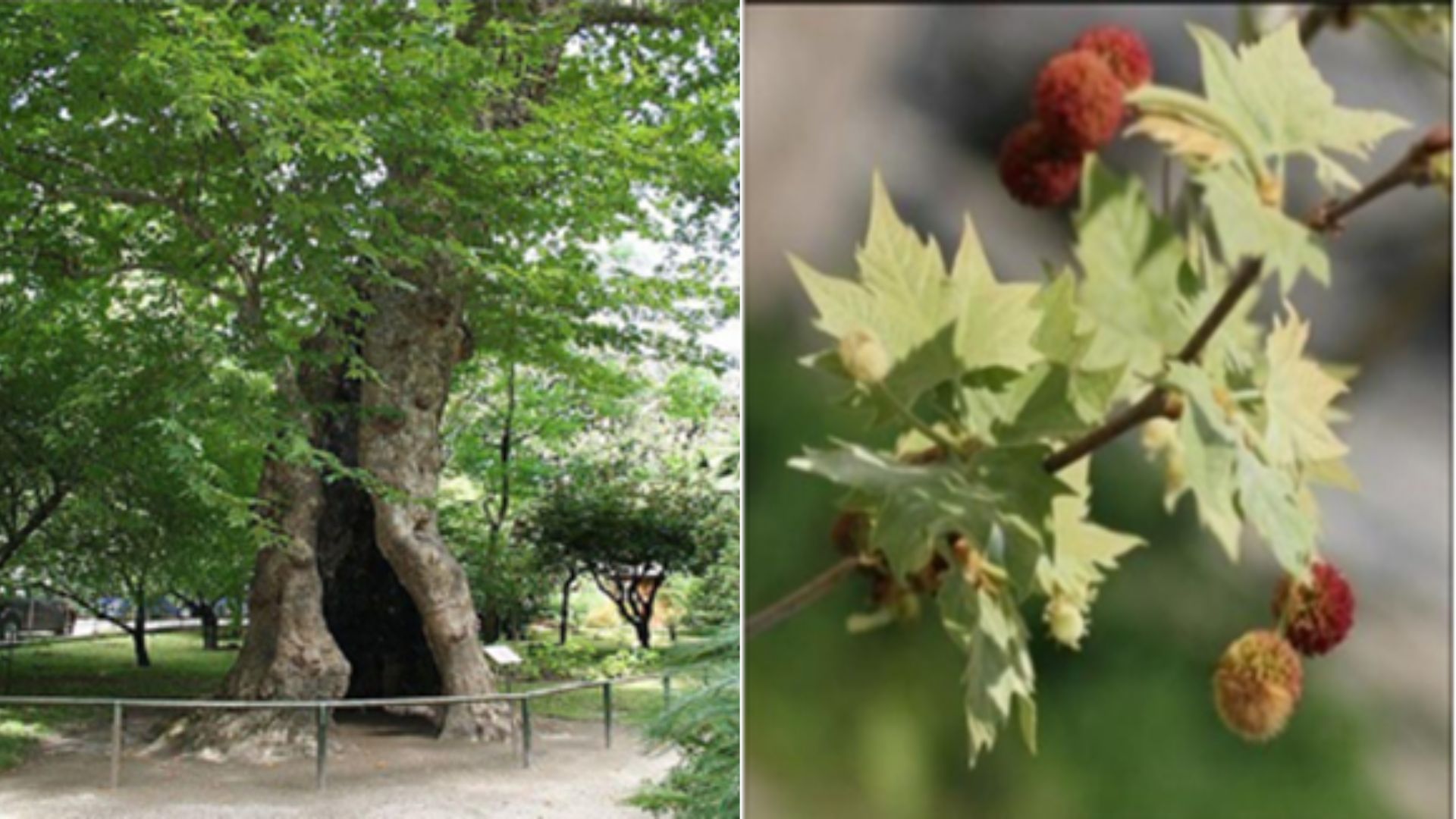
Brown oak is a tree that lives 300-400 years. Planted in Samarkand in 1874. Now dozens of ancient trees grow in the city. They were kept in the yard of the main building of Samarkand State University and Faculty of Biology, in the yards of Abdurakhman Jami, Uzbekistan, Ibn-Holdun, Alisher Navoi streets.
Khislat KHAYDAROV,
Professor of the Department of Botany of
Samarkand State University,
Zebiniso UMURZOKOVA, Associate Professor.

